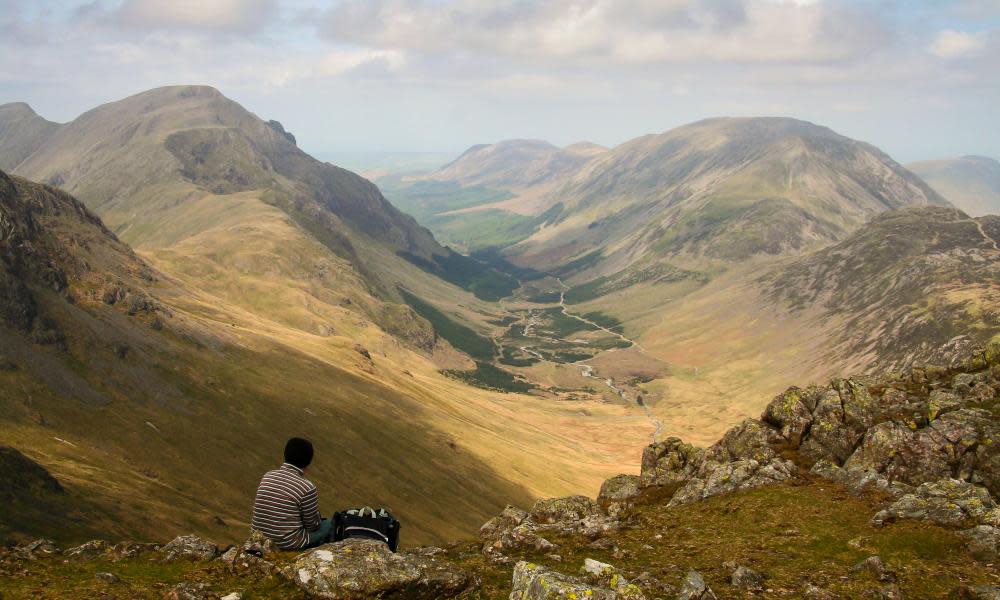UK government urged not to bury nuclear waste under national parks

The National Trust and 18 other conservation groups have urged ministers to rule out burying nuclear waste below national parks as fears grow that the Lake District is being eyed as a potential site.
In January, the government restarted its attempt to find a community willing to host such a facility after a previous search collapsed five years ago. Ministers have refused to exclude national parks from the process.
The green groups argued putting a nuclear dump under a national park would threaten the £6bn spent by millions of visitors.
“We recognise that safe disposal of nuclear waste is one of the key challenges our society currently faces but this should not be used as an excuse to put at risk the huge range of benefits these areas deliver for society, the environment and the economy,” the groups said in an open letter to the nuclear energy minister, Richard Harrington.
The Lake District national park is seen as a potential location for the underground facility, given Cumbria’s nuclear history and proximity to Sellafield, where most of the UK’s nuclear waste is currently stored.
The groups, which include the Woodland Trust and the Campaign to Protect Rural England, said Harrington risked undermining “long-established protections” afforded to national parks by comparing the prospect of a deep nuclear waste facility to a potash mine in North Yorkshire.
Harrington cited the mine as an example of development within national parks, telling MPs this summer that the potash mine would “leave very little blot on the landscape”.
Asked if he would exclude national parks as possible locations for a geological disposal facility for nuclear waste, Harrington said: “I am not saying we should have them on national parks but it would be very wrong to exclude them at the moment in this big policy statement.”
Ministers have subsequently argued that “we cannot afford to restrict the siting process” and “most of the facility will be underground”, in letters to campaigners that have been seen by the Guardian.
MPs on the business, energy and industrial strategy select committee concluded that national parks should not be excluded.
Roy Payne, the executive director of GDF Watch, which is monitoring the siting process, said even if parks were not ruled out, the chance of the facility being built beneath one was “close to zero”, given local communities had the final say.
A Department for Business, Energy and Industrial Strategy spokesperson said: “Legislation already ensures developments in national parks can only proceed in exceptional circumstances and must be appropriate and proportionate.”

 Yahoo News
Yahoo News 
